Blogs
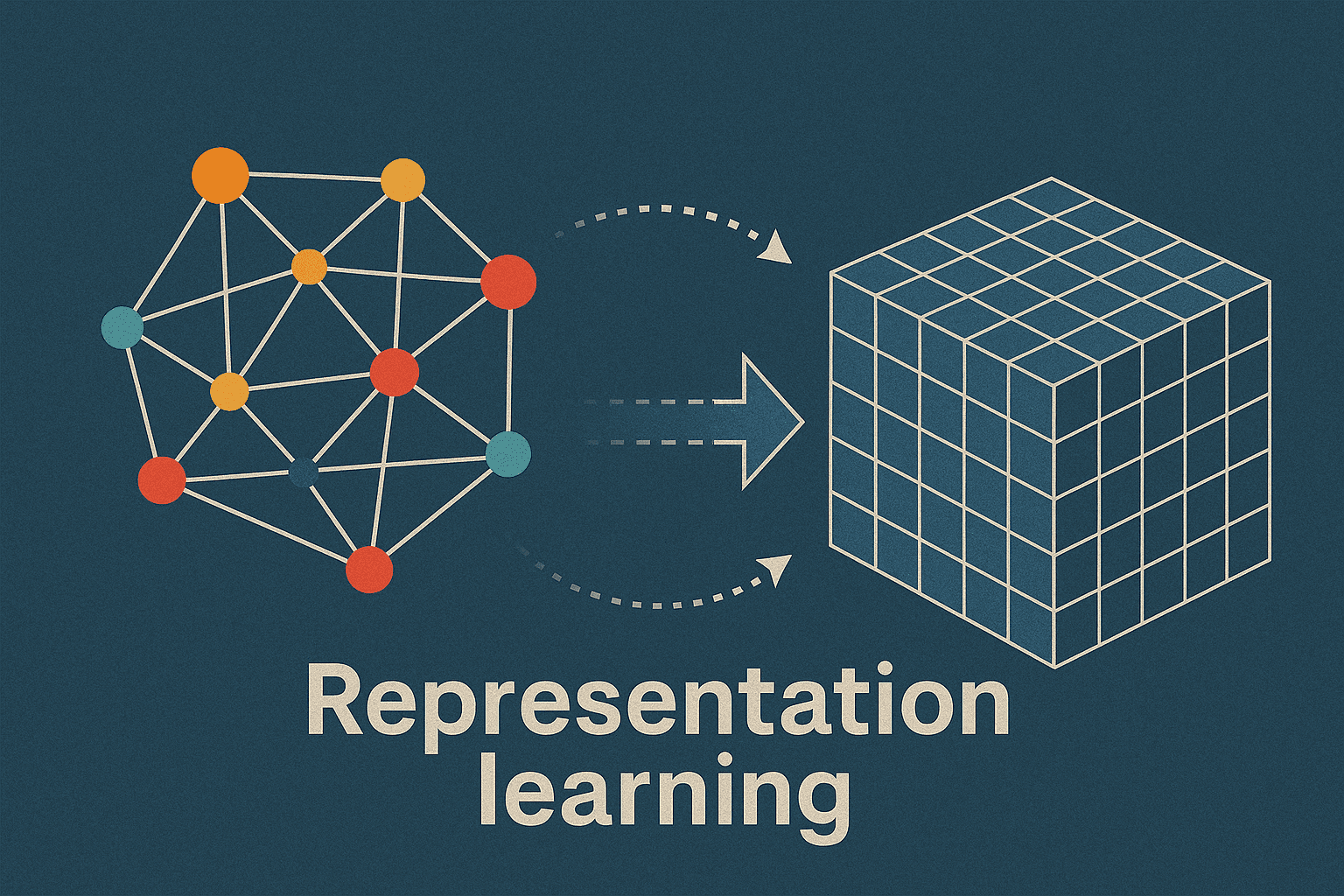
The Hidden Language of Data: How Representation Learning Is Expanding the World of Data Mining
Representation learning is transforming traditional data mining by allowing machines to automatically discover meaningful features from complex data. Instead of relying on handcrafted attributes, models learn compact embeddings that reveal deeper patterns and improve classic algorithms like clustering, regression, and classification. This shift enhances applications across finance, healthcare, retail, and scientific discovery, while also introducing new challenges in interpretability, fairness, and efficiency.

Mining Data in Motion: Where Data Mining Meets Incremental Learning
This article explores the convergence of data mining and incremental learning, explaining how the fusion of these techniques enables real-time intelligence in an era where data never stops moving. It highlights key benefits like handling concept drift, scaling efficiently, and enabling autonomous systems. Real-world applications span industries from IoT and finance to cybersecurity and healthcare, emphasizing that adaptive learning systems are shaping the future of automation and intelligent analytics.

Unveiling Decision Trees: A Friendly Guide to Data Classification
This article explains decision trees for data classification, covering their structure, benefits, splitting criteria, overfitting prevention, and real-world applications. It also outlines a step-by-step building process and how decision trees are used at IIPA.
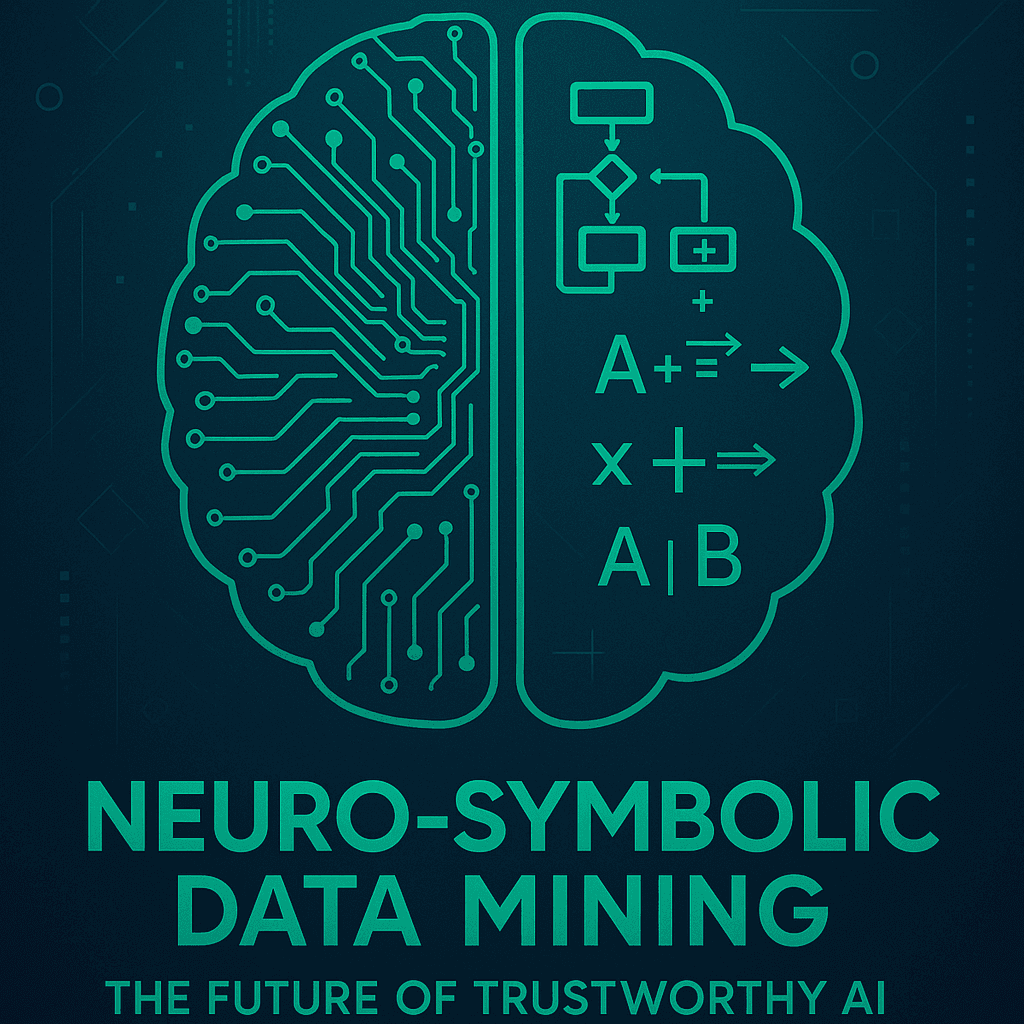
Neuro-Symbolic Data Mining: Building the Brains We Can Trust
Neuro-Symbolic Data Mining merges the power of neural networks with the transparency of symbolic reasoning to create explainable, trustworthy AI. Unlike black-box deep learning, this approach links predictions to clear logic, enabling auditability, compliance, and better collaboration. Applications span healthcare, finance, autonomous systems, and smart cities, making it a key pathway toward ethical and reliable AI adoption.
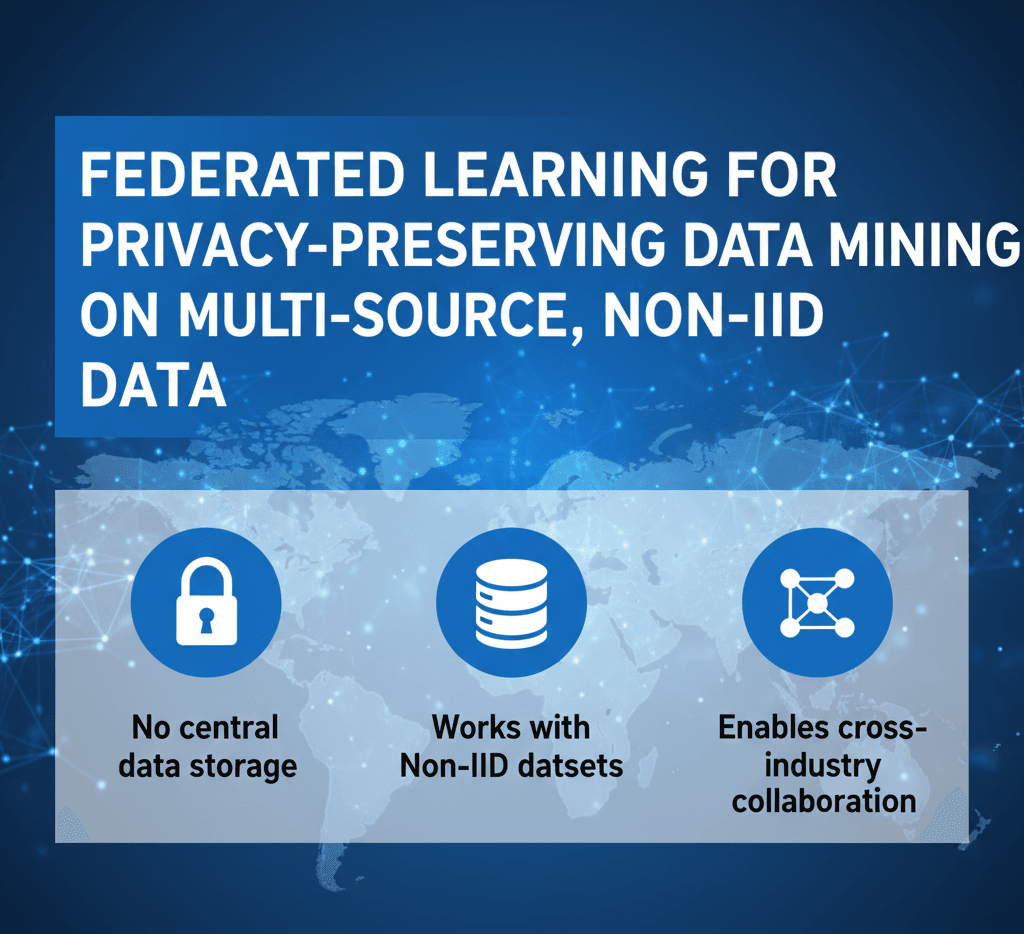
Federated Learning
Federated Learning is revolutionizing data mining by enabling AI model training across multiple sources without sharing raw data. This decentralized approach preserves privacy, tackles challenges of non-IID datasets, and fosters cross-industry collaboration in healthcare, finance, and manufacturing. By making privacy intrinsic, FL unlocks innovation while meeting strict compliance standards.
What is Stream Mining?
Stream mining refers to the process of extracting valuable insights from continuous data flows. These streams are typically generated in real-time, for example, from IoT devices, social media, financial transactions, or sensor data. Because the data is unbounded and can come at high velocities, stream mining algorithms need to work in one-pass or incremental modes without storing all data in memory.
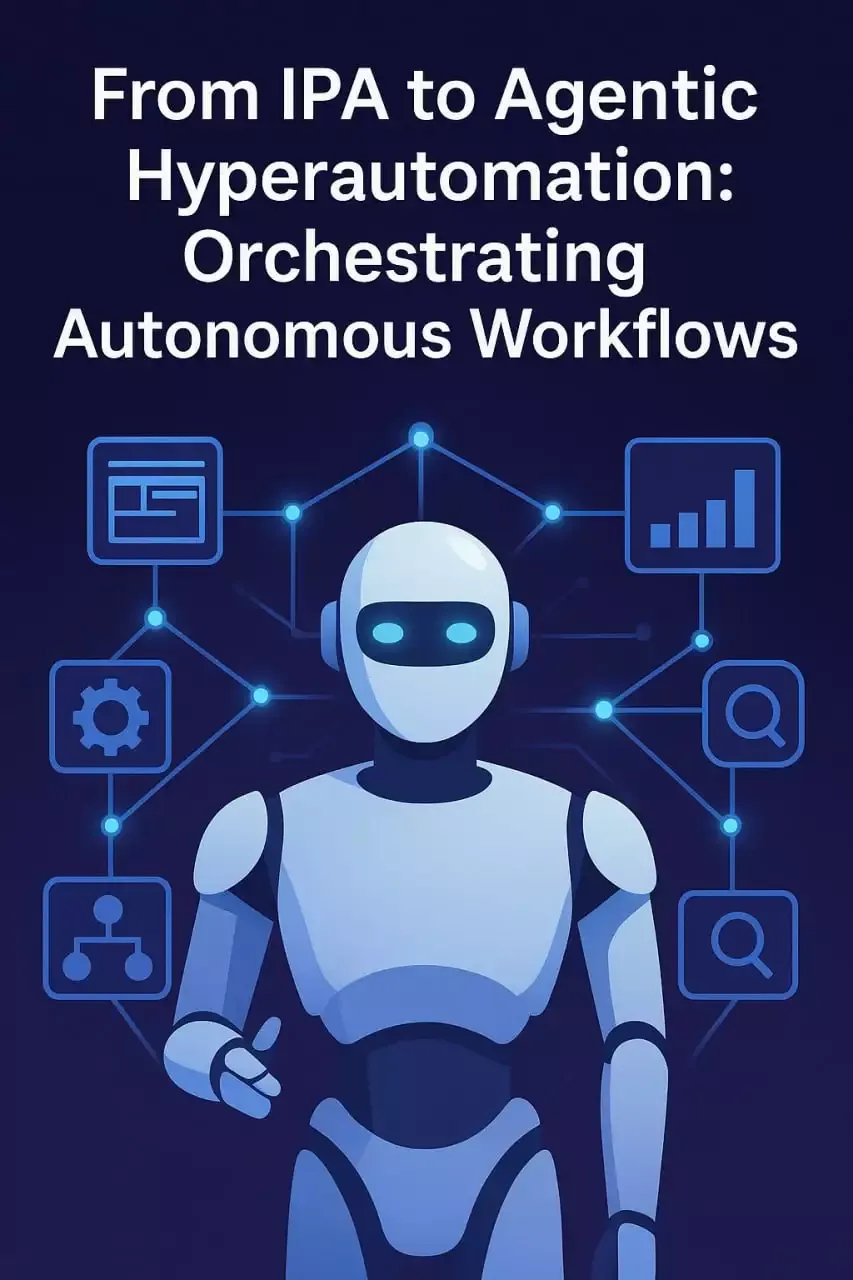
From IPA to Agentic Hyperautomation: Orchestrating Autonomous Workflows
In the ever-evolving world of digital transformation, businesses are increasingly seeking ways to move beyond isolated automation solutions. Enter Agentic Hyperautomation — a next-generation approach that combines Intelligent Process Automation (IPA) with autonomous agents and orchestration engines. This evolution empowers organizations to automate not just repetitive tasks, but entire workflows that can adapt, learn, and optimize themselves over time.
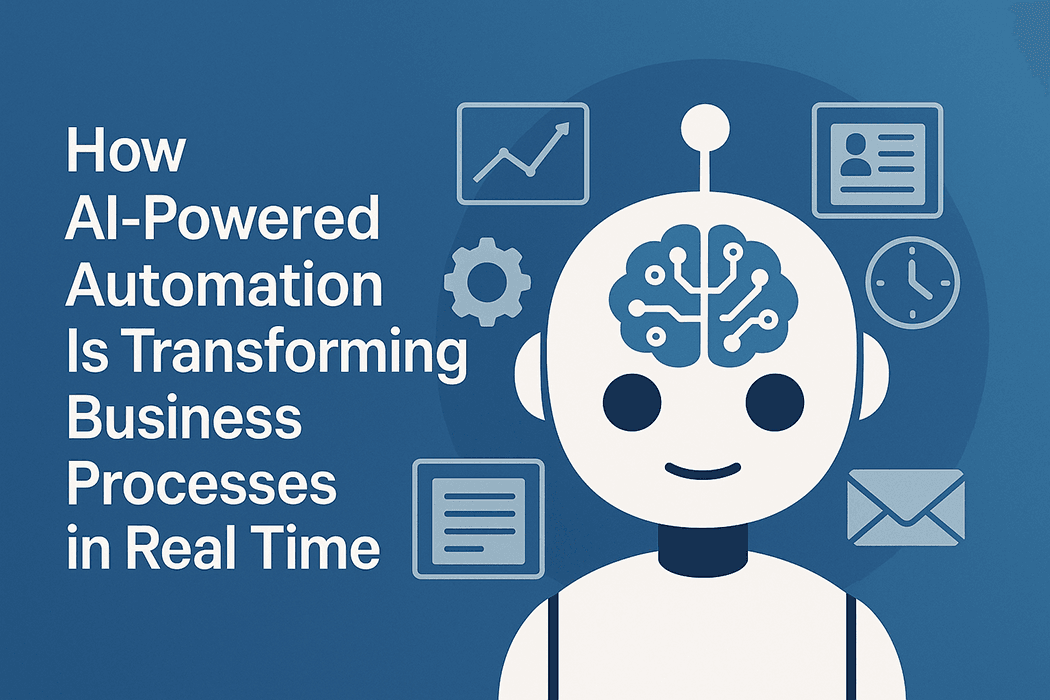
How AI-Powered Automation Is Transforming Business Processes in Real Time
In today’s hyper-connected world, business moves fast—faster than legacy systems and outdated workflows can handle. Whether it’s responding to a supply chain disruption, routing customer queries, or optimizing production, companies need to act in real time. Enter AI-powered automation: a new wave of intelligent systems that do more than just repeat tasks—they learn, adapt, and respond instantly.
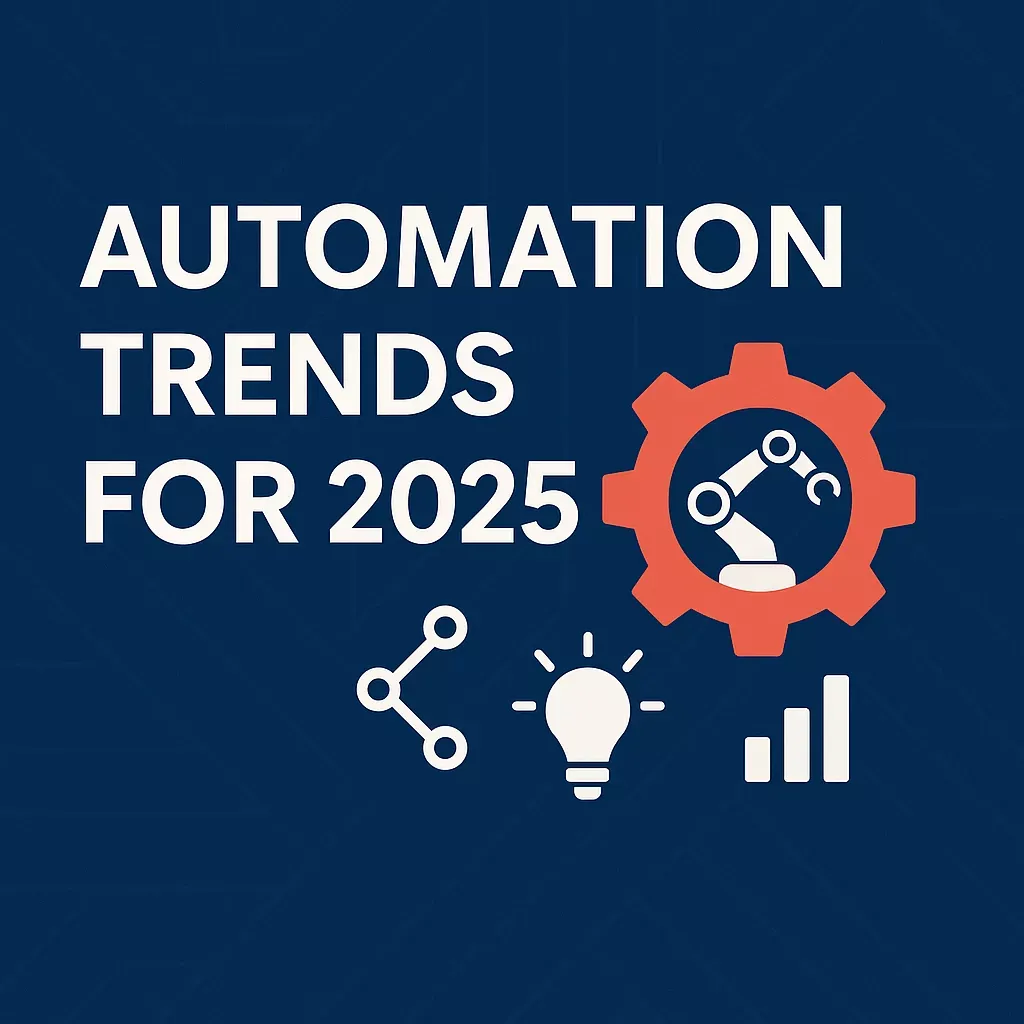
Automation Trends to Watch in 2025
As technology continues to advance, automation is playing an increasingly significant role in transforming industries. In 2025, several key trends are expected to shape the automation landscape:
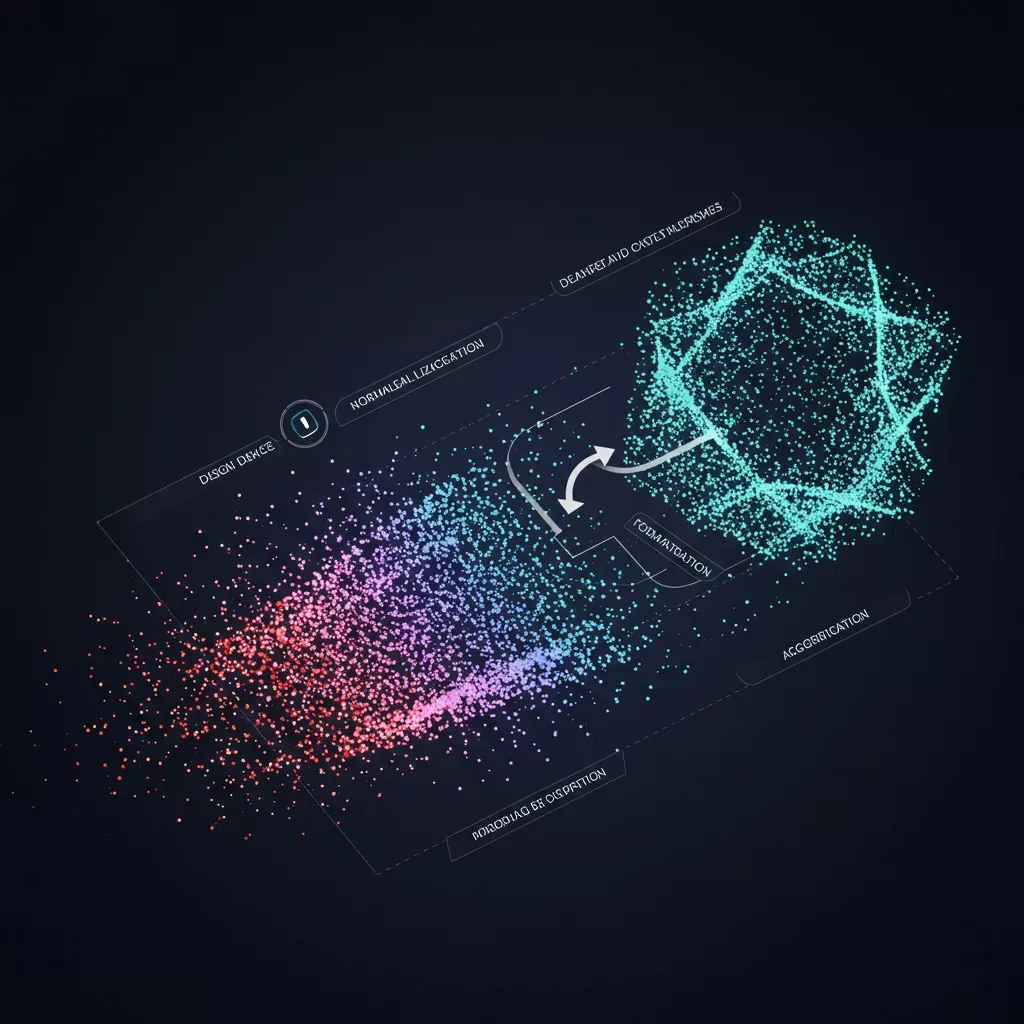
Decoding Data Transformation: One-Hot Encoding vs Label Encoding
Data transformation is a crucial step in data preprocessing, especially when dealing with categorical variables in machine learning models. Encoding techniques like One-Hot Encoding and Label Encoding transform categorical data into numerical formats that algorithms can process effectively. This blog will explore these two popular encoding techniques, compare their advantages and disadvantages, and provide insights on when to use each based on various scenarios.
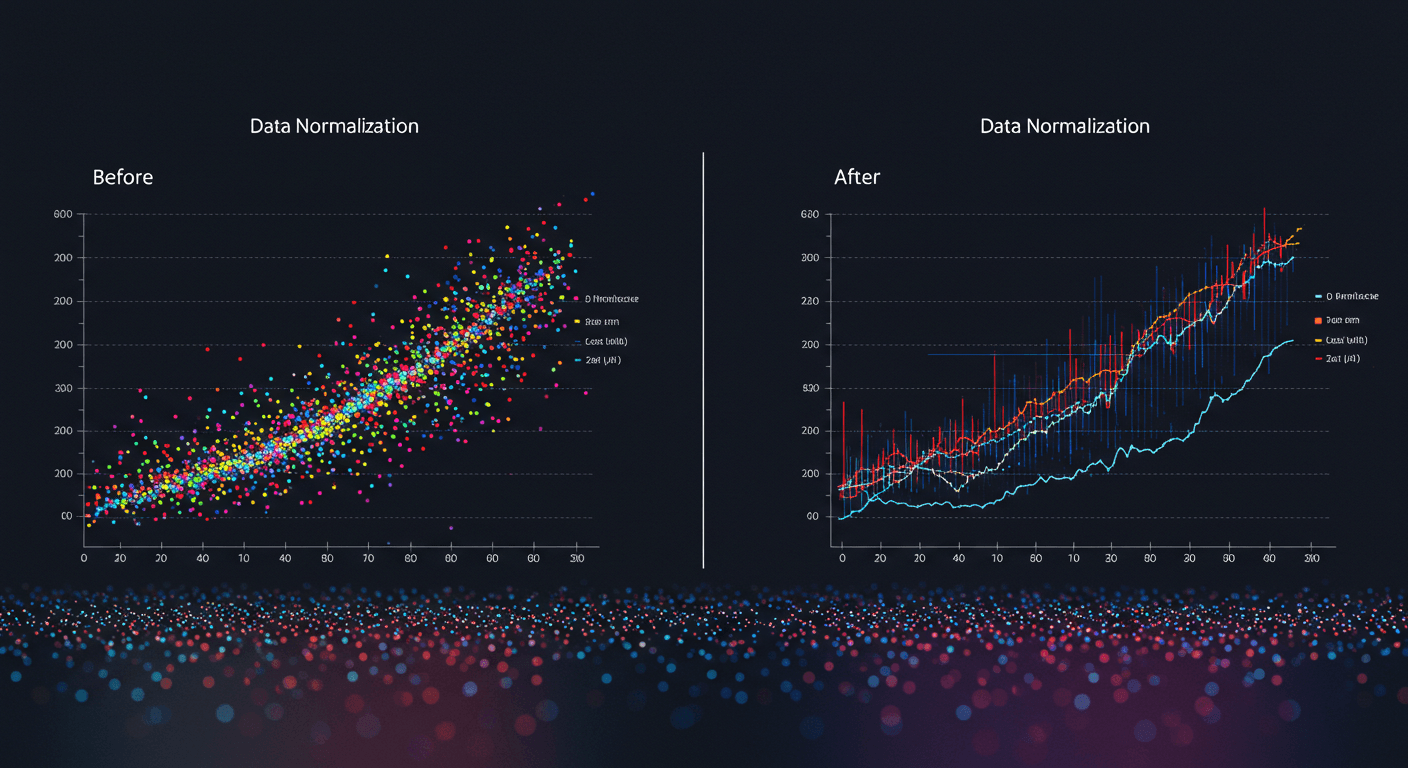
Mastering Data Normalization in Machine Learning: A Complete Guide
We are in the process of releasing the third phase of our product, and we’re thrilled to unveil advanced features for data integration. Among these, data normalization stands out as a core element. To help our audience grasp its significance, we’ll explore what data normalization entails, why it’s essential, and the specific algorithms we’ve integrated into our platform. This post kicks off a series where we’ll dive into the various components of data integration in machine learning.
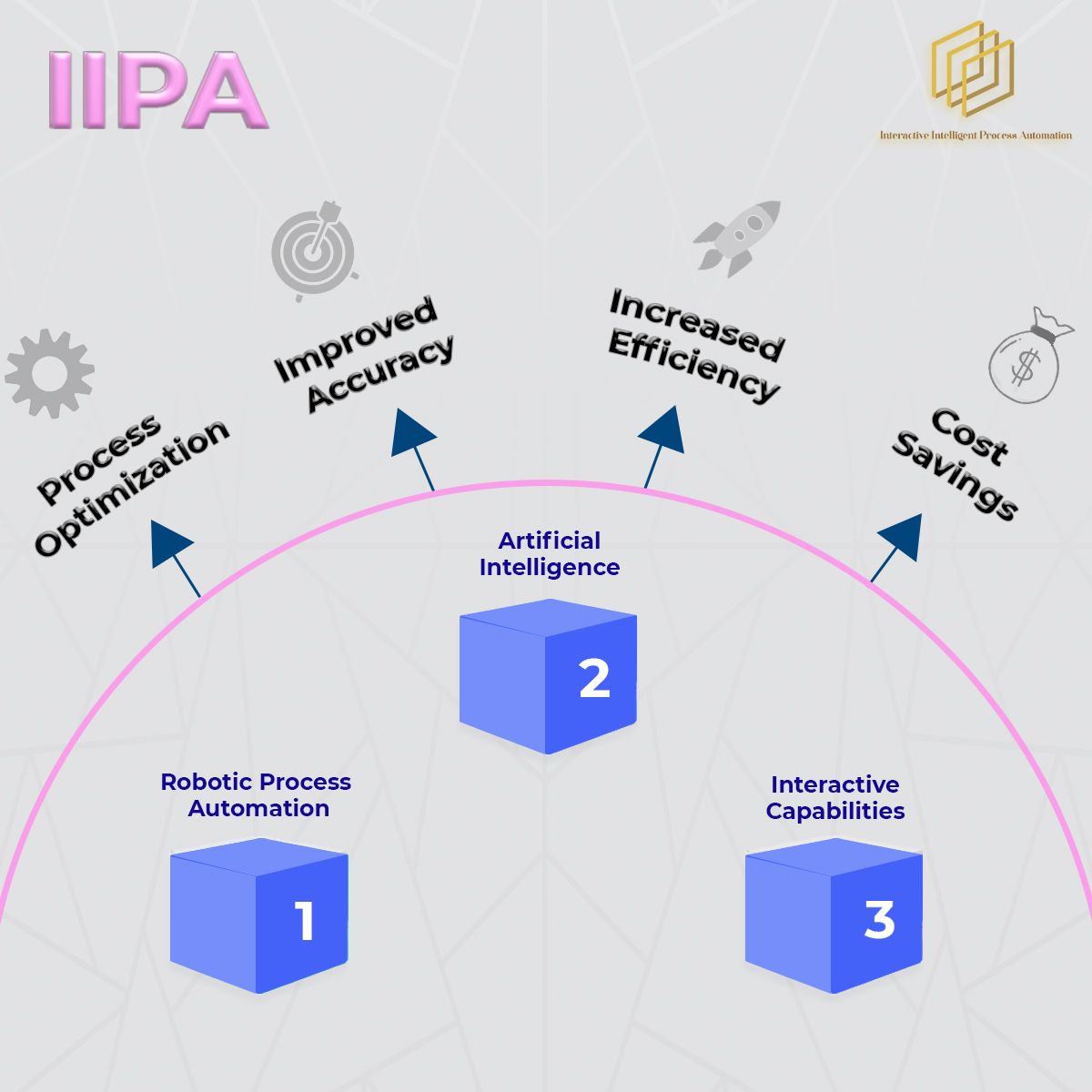
Revolutionizing Business Processes with Interactive Intelligent Process Automation (IIPA)
Interactive Intelligent Process Automation (IIPA) is a service that integrates automation with artificial intelligence (AI) and interactive capabilities to streamline and enhance business processes. It combines the efficiency of traditional robotic process automation (RPA) with the adaptability and decision-making capabilities of AI, along with the interactive and user-friendly features that allow human operators to engage in the process as needed.

Streamlining Employee Onboarding Through Automation
Employee onboarding is a critical process that sets the foundation for a productive relationship between a new hire and the company. However, many organizations struggle with onboarding procedures that are often time-consuming and prone to errors, which can lead to delayed start times, miscommunication, and a poor first impression. Traditional onboarding frequently involves manually entering data across multiple platforms—HR, payroll, IT setups, and others. The inefficiency of this process can lead to costly delays, detracting from both employee satisfaction and the company’s productivity.
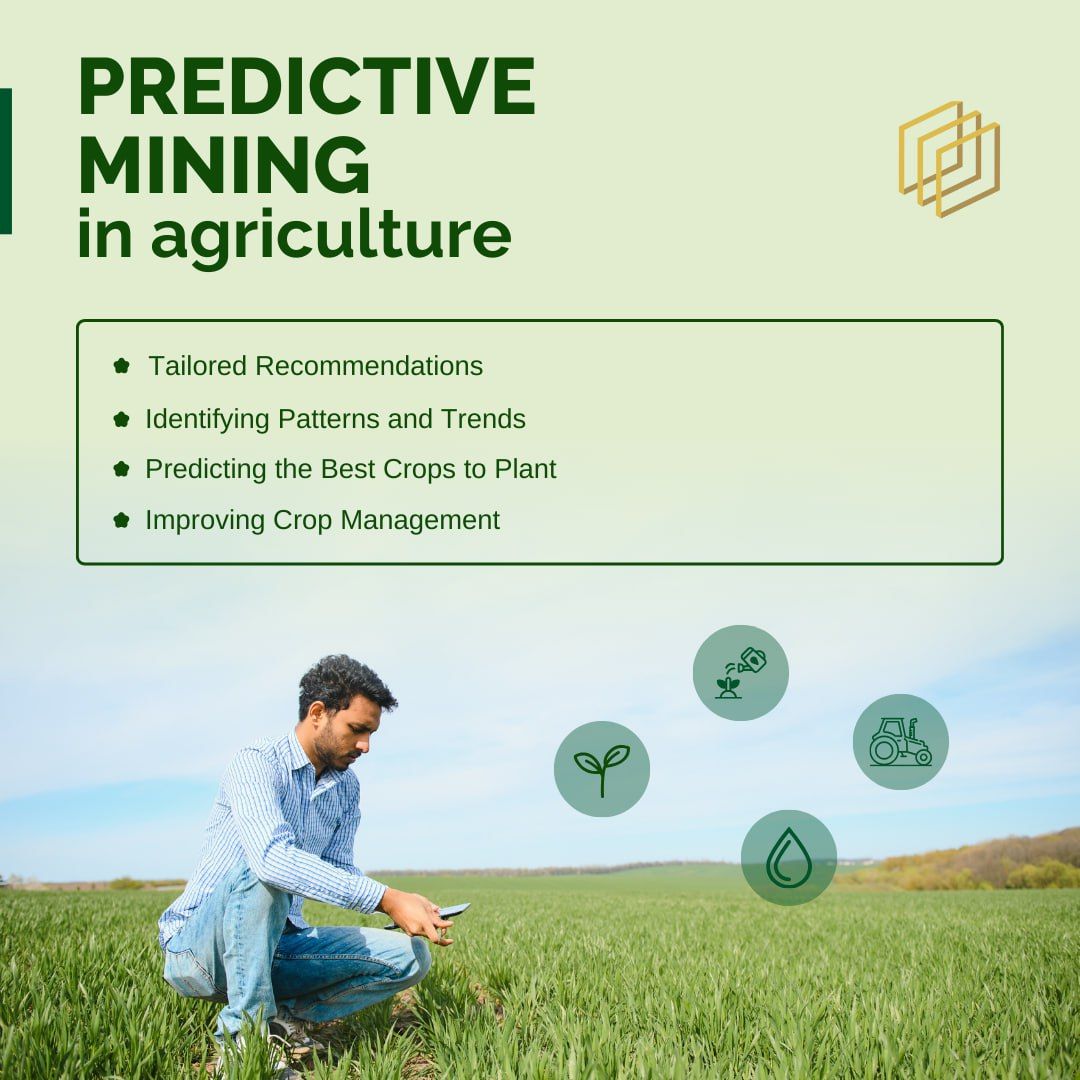
Predictive Mining Application in Agriculture
In the ever-evolving world of agriculture , making the right decisions about what crops to plant can make all the difference. Predictive Mining is revolutionizing this process by using historical data and current conditions to forecast the best crops to plant, ensuring optimal yields and sustainable farming practices.

New Trends in Intelligent Process Automation (IPA)…
Intelligent Process Automation (IPA) continues to evolve with advancements that integrate more sophisticated technologies and strategies, enhancing efficiency, accuracy, and decision-making capabilities across various industries. Here are some of the latest trends and innovations in IPA:
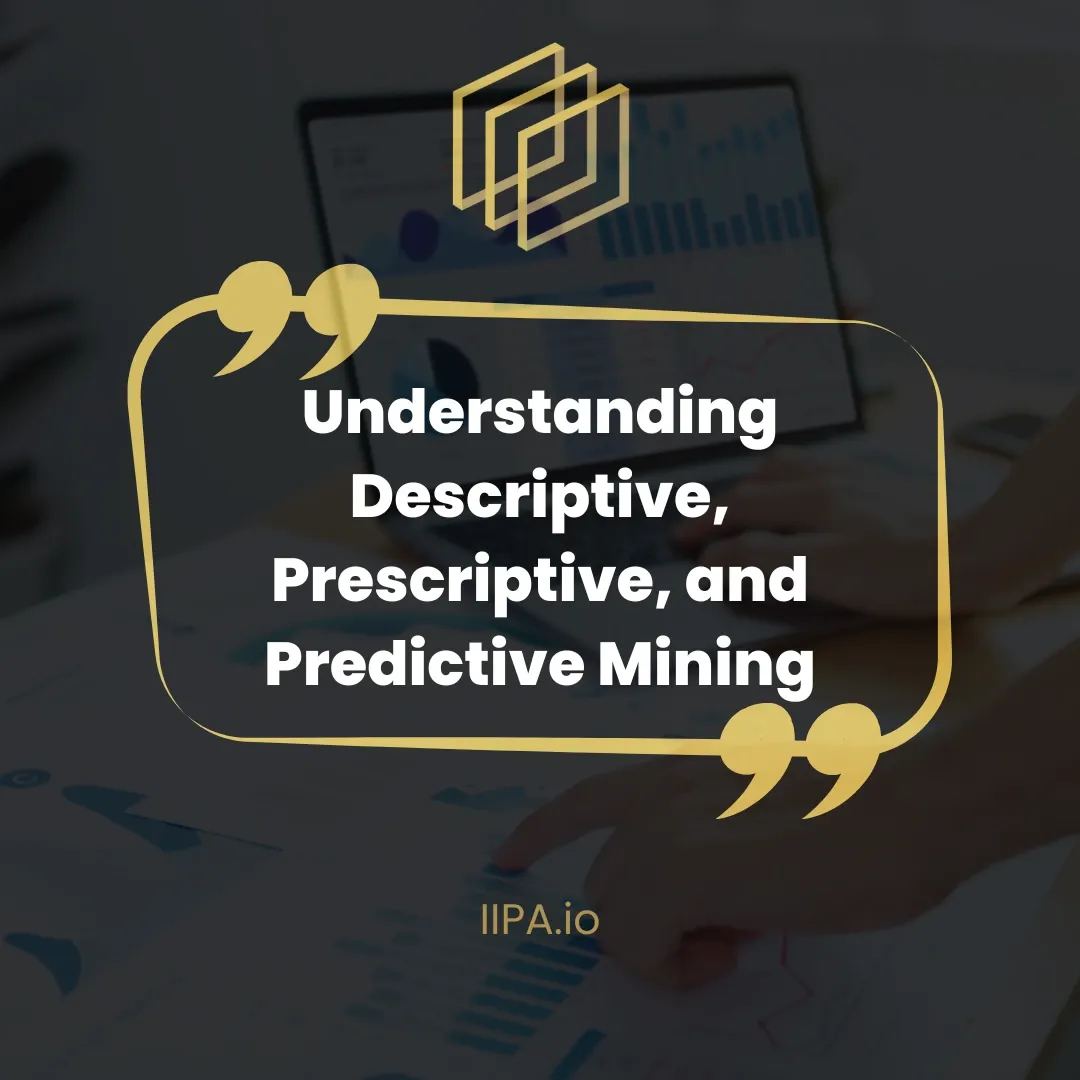
Understanding Descriptive, Prescriptive, and Predictive Mining: Unlocking the Power of Data for Business Success
In today’s fast-paced, data-driven world, the ability to harness and make sense of vast amounts of data is not just an advantage—it’s crucial for business success. But with so much data at your fingertips, how do you extract meaningful insights that can drive informed decisions and fuel growth? The answer lies in understanding and applying three key types of data mining: Descriptive, Predictive, and Prescriptive. Let’s dive deeper into each one and explore how they can transform your business.

Have you made your automation intelligent?
In the ever-evolving landscape of intelligent automation, the journey from anomaly detection to classification represents a significant leap forward. This evolution is not just about technological advancements; it’s about transforming how businesses operate, making processes more efficient, reliable, and intelligent.

Transforming Financial Services with Predictive Data Mining: A Case Study in Credit Scoring
In the rapidly evolving landscape of financial services, staying ahead means leveraging the power of data. At IIPA, we empower companies to harness their data’s full potential with our no-code SaaS platform, featuring cutting-edge predictive mining capabilities.
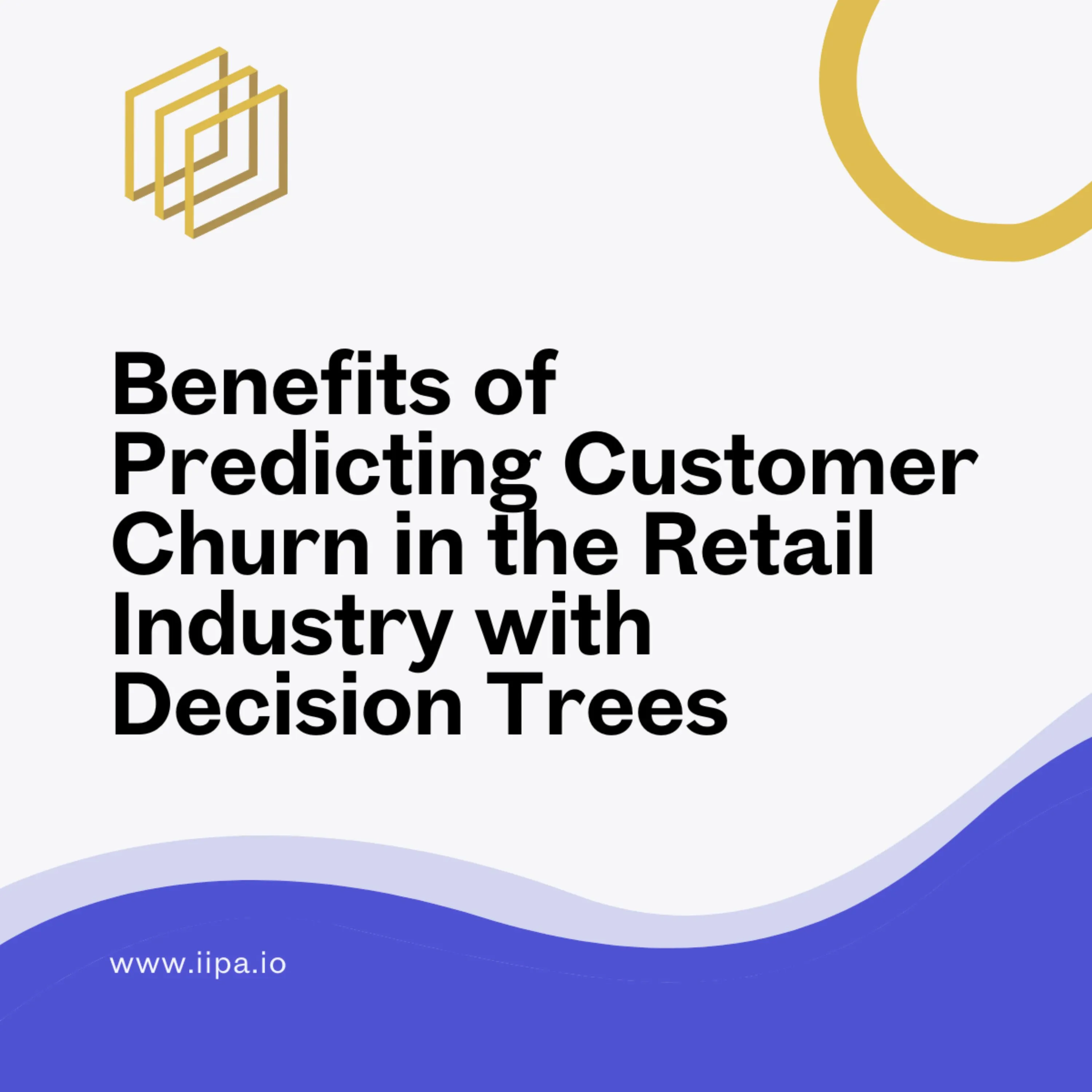
Stop losing customers before you even know they’re gone!
In the fast-paced world of retail, customer churn can significantly impact your bottom line. But what if you could predict which customers are at risk? Enter DecisionTrees, powerful data science tools that can help you identify potential churners before they disappear.
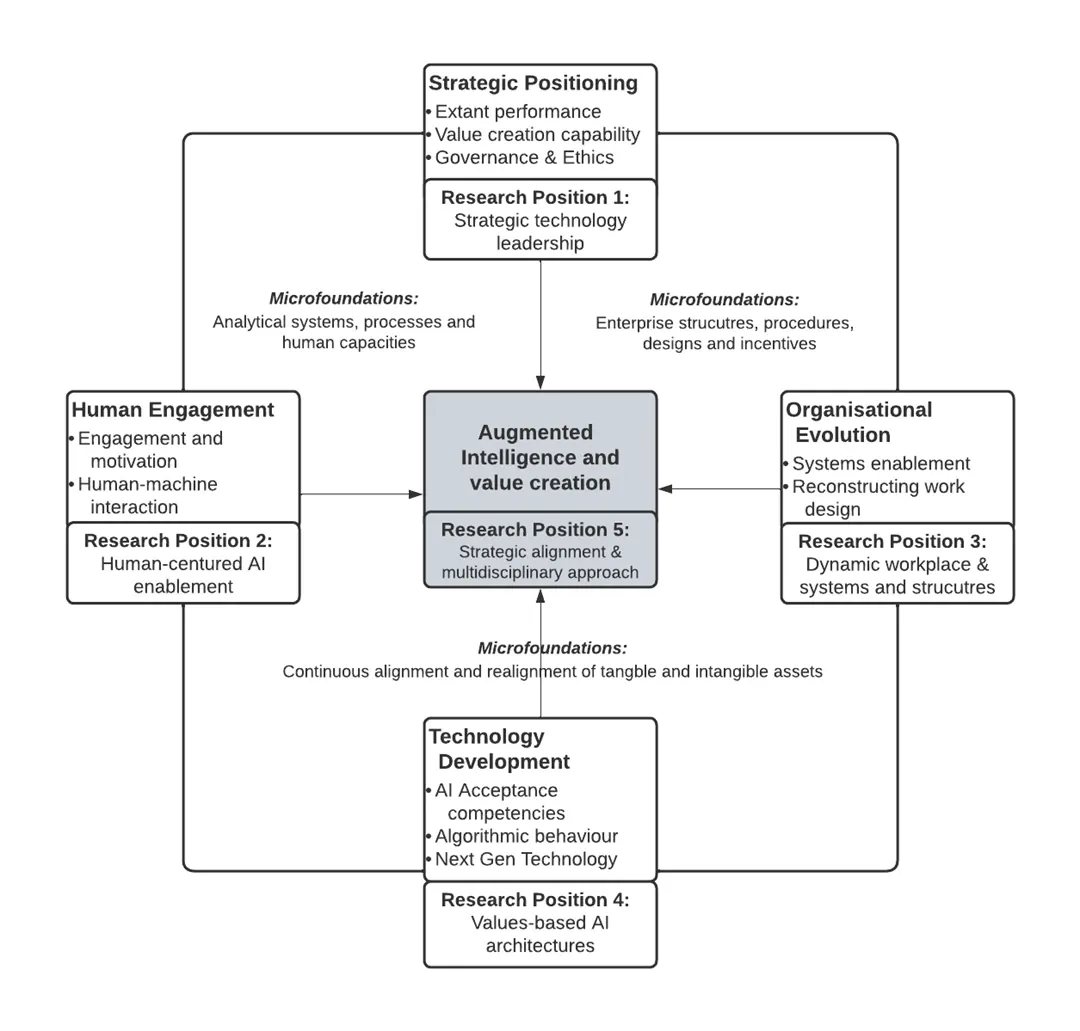
Human-AI Collaboration
Artificial intelligence plays a crucial role in the development of next-generation human-machine collaboration technologies that promote innovation and performance improvement by augmenting human intellect and capability. However, our knowledge of how organizations can turn this potential into long-term financial value is still lacking. In this paper, the authors performed a thorough review of the multidisciplinary literature regarding the opportunities and difficulties in implementing human-AI collaboration for value creation within organizations.